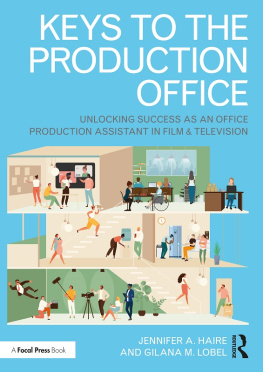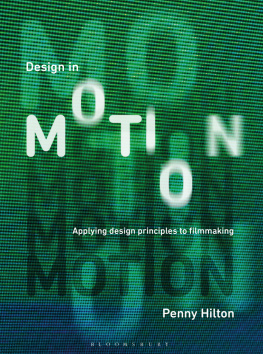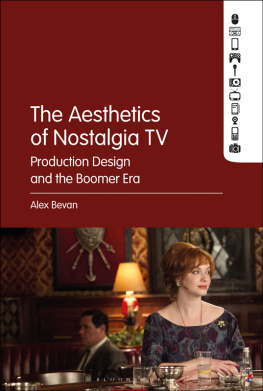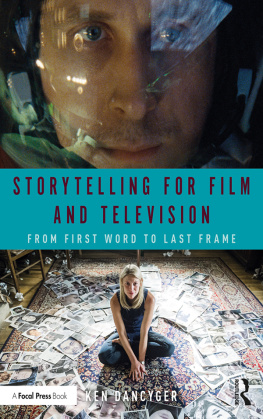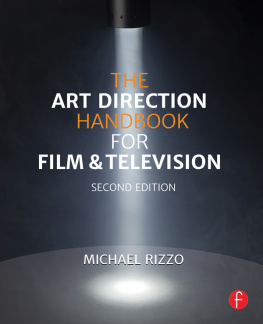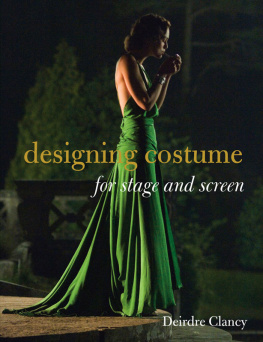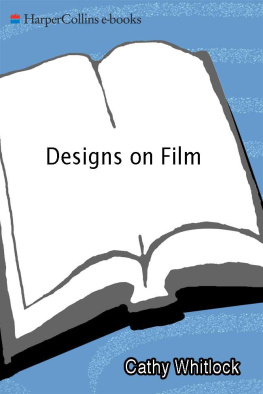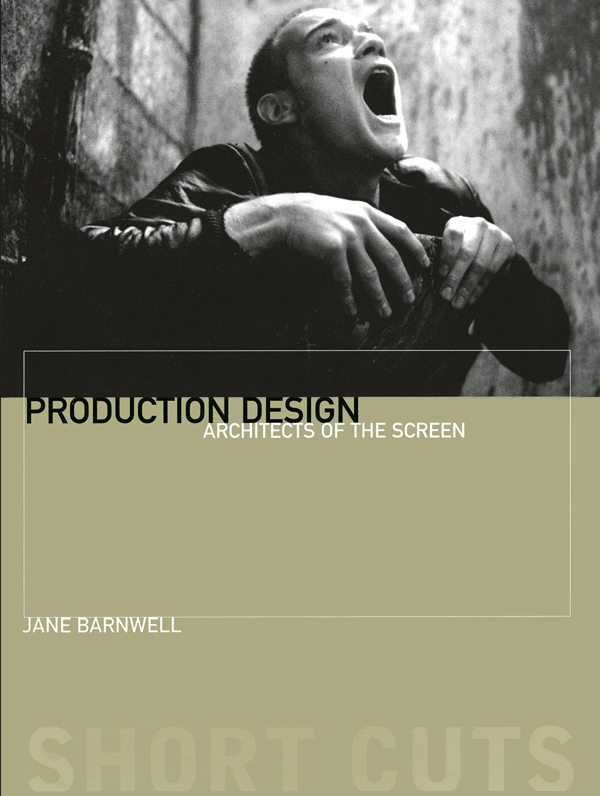Contents
Guide
Pagebreaks of the print version
SHORT CUTS
INTRODUCTIONS TO FILM STUDIES
OTHER TITLES IN THE SHORT CUTS SERIES
THE HORROR GENRE: FROM BEELZEBUB TO BLAIR WITCH Paul Wells
THE STAR SYSTEM: HOLLYWOODS PRODUCTION OF POPULAR IDENTITIES Paul McDonald
SCIENCE FICTION CINEMA: FROM OUTERSPACE TO CYBERSPACE Geoff King and Tanya Krzywinska
EARLY SOVIET CINEMA: INNOVATION, IDEOLOGY AND PROPAGANDA David Gillespie
READING HOLLYWOOD: SPACES AND MEANINGS IN AMERICAN FILM Deborah Thomas
DISASTER MOVIES: THE CINEMA OF CATASTROPHE Stephen Keane
THE WESTERN GENRE: FROM LORDSBURG TO BIG WHISKEY John Saunders
PSYCHOANALYSIS AND CINEMA: THE PLAY OF SHADOWS Vicky Lebeau
COSTUME AND CINEMA: DRESS CODES IN POPULAR FILM Sarah Street
MISE-EN-SCNE: FILM STYLE AND INTERPRETATION John Gibbs
NEW CHINESE CINEMA: CHALLENGING REPRESENTATIONS Sheila Cornelius with Ian Haydn Smith
SCENARIO: THE CRAFT OF SCREENWRITING Tudor Gates
ANIMATION: GENRE AND AUTHORSHIP Paul Wells
WOMENS CINEMA: THE CONTESTED SCREEN Alison Butler
BRITISH SOCIAL REALISM: FROM DOCUMENTARY TO BRIT-GRIT Samantha Lay
FILM EDITING: THE ART OF THE EXPRESSIVE Valerie Orpen
AVANT-GARDE FILM: FORMS. THEMES AND PASSIONS Mike OPray
NEW GERMAN CINEMA: IMAGES OF A GENERATION Julia Knight
EARLY CINEMA: FROM FACTORY GATE TO DREAM FACTORY Simon Popple and Joe Kember
PRODUCTION DESIGN
ARCHITECTS OF THE SCREEN
JANE BARNWELL

A Wallflower Press Book
Published by
Columbia University Press
Publishers Since 1893
New York Chichester, West Sussex
cup.columbia.edu
Copyright 2004 Jane Barnwell
All rights reserved
Wallflower Press is a registered trademark of Columbia University Press
Cataloging-in-Publication Data is available from the Library of Congress
ISBN 978-1-903364-55-0 (pbk.)
ISBN 978-0-231-85013-1 (e-book)
A Columbia University Press E-book.
CUP would be pleased to hear about your reading experience with this e-book at .
Book and cover design: Rob Bowden Design
Cover image: Trainspotting (1996), Polygram Filmed Entertainment. Courtesy of BFI
CONTENTS
I would like to thank the designers Christopher Hobbs, Malcolm Thornton, Kave Quinn, Laurence Williams, Stuart Craig and Henry Harris for their time and invaluable insights into their craft.
I am also grateful both to my colleagues and students at London Metropolitan University.
Although this book represents many years of personal and professional interest including two years of research, it also owes its existence to the support and encouragement of those who debated the exciting territory of Production Design with me. In particular I would like to share this work with the following people who kept me on track during the evolution of the book: my parents Mavis and Alex, my brothers Phil and Neil, my amazing boyfriend Roberto, and inspirational friends Adele, Anwar, Sylvia, Frank, Kirstie, Des, Caroline, Nigel, Ryan, Sam, Sara, Paula, Lily and Mim.
In writing about film and television, it can be tricky to separate out responsibility for key aspects of the production; a situation particularly true of production design which is a highly collaborative practice. There is comparatively little written on this elemental role and many of the books that do exist spend time complaining of this paucity. However, I would prefer not to frame the discussion in terms of screen design as the poor relation, electing instead to embrace it back into the family where it belongs.
The area is of course vast and can by no means be covered exhaustively here. The aim of this book is thus to provide an introduction to the subject, and a route in to closer study of particular aspects of it. I hope to make clear a way of looking at the screen image from a new perspective that of the designer. In order to achieve these aims I will attempt to define what that perspective is and how it came to be, providing examples of the means by which it enriches the pictures we see on our screens.
This study begins with a historical overview of the role of the production designer, in the context of the evolution of the film and television industry, signposting key movements and characters that have been influential in this process. looks at the way that technology has evolved and influenced the work of the designer.
Essentially, the production designer assists in bringing the script to life through a range of technical and creative choices. Using interviews with major designers, this book examines the role through a discussion of key films and television texts. In the process is illustrated from concept to finished design, using sketches, paintings and other preparatory material. The work chosen taps into different approaches and indicates traditions and trends that exist. For example, British production design is often considered to have a highly developed sense of time and place. In television, authenticity has become an issue in the many literary period drama adaptations, leading to popular misconceptions regarding the nature of design in less realist productions. Design can do much more than give assurances of time or place, contributing to the texture, mood and meaning of the work. The production designers considered here exemplify the talent and diversity that exists in the field.
Many common concerns were voiced during my discussions with contemporary designers, the most recurrent being the importance of story over personal creative ambition. This notion could well be inherited from the early days when the role of the designer was considered to be technical rather than creative; today a certain degree of invisibility is often the mark of effective design. Confusions that existed in the past over the role of the art director and led to the creation of a new term in 1939, that of the Production Designer will be further examined.
As sets have developed from painted backdrops to sophisticated multifaceted environments, technical advances have allowed the camera to break away from its static theatrical origins and explore spatial possibility. The evolution of the set and screen language is thus mutually entwined, each strengthening and contributing to the continued expansion of the other. In line with technical development, aesthetic approaches gathered momentum, yet two very different methods can be identified in the expressive forms from Europe and the realism of the United States, two directions which are still definitive of design today and will be closely considered.
Without a place, space or location to shoot in there is no film. Whether it is the portrayal of space as filtered through the emotional state of the subject (Sennett 1994: 35) or the recognition of certain studio landmarks, a dj vu that inspired familiarity (Clarens & Corliss 1978: 72), screen design has been elemental in our minds.
The history of screen design and the production designer are inextricably linked to the evolution of film and television. This opening chapter traces the histories of these related areas of film design, personnel, and the medium in which they work, examining origins and considering the route that has lead to their present form.
The intriguing figure of the production designer will be uncovered, leading to a greater appreciation of this role in the production process, which is so often misunderstood. Partially this has been due to the nature of the role which is linked to backstage, behind-the-camera notions of concealment. However, it is also perpetuated by a fundamental lack of understanding and therefore acknowledgement by critical or popular study. I have found this to be an exciting rather than negative aspect of this enquiry, as there is the sense of an increased awareness now ripe for further discussion. The examples of past and present work included here aim to trace a path, signposting key moments, movements and players. One of the most recognisable moments is the development of the Hollywood studio system, which created a highly organised art department that was responsible for some of the most memorable iconography in cinematic history. Yet huge contributions to art direction are also acknowledged as coming from Europe as early as 1903 and later with distinct movements, including German Expressionism, Italian Neo-realism and French New Wave, all of which challenged the Hollywood hegemony.


